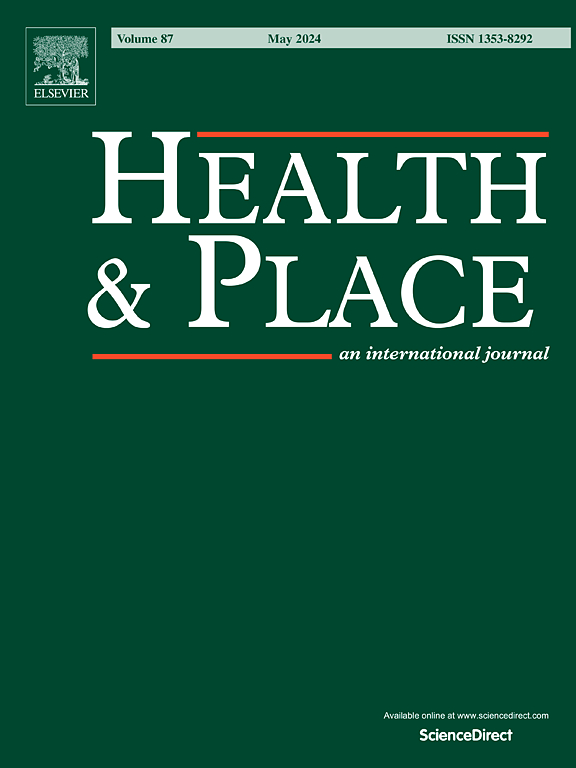- Unsheltered homelessness is a spatially and temporally dynamic crisis that presents substantial challenges to enumerating unsheltered population flows
- Provider-based administrative data, volunteered geographic information, and expert reports significantly predicted unsheltered count and emerging hotspots of unsheltered homelessness in the City of Los Angeles.
- Performance of alternative data sources differed in their effects on predictions of counts and hotspots, depending on the type of unsheltered homelessness and neighborhood socioeconomic status, respectively.
- Novel geospatial data sources can provide provisional estimates of the state of unsheltered homelessness to inform decisions about service provision in real-time.
Unsheltered homelessness is an increasingly prevalent phenomenon in major cities that is associated with adverse health and mortality outcomes. This creates a need for spatial estimates of population denominators for resource allocation and epidemiological studies. Gaps in the timeliness, coverage, and spatial specificity of official Point-in-Time Counts of unsheltered homelessness suggest a role for geospatial data from alternative sources to provide interim, neighborhood-level estimates of counts and trends. We use citizen-generated data from homeless-related 311 requests, provider-based administrative data from homeless street outreach cases, and expert reports of unsheltered count to predict count and emerging hotspots of unsheltered homelessness in census tracts across the City of Los Angeles for 2019 and 2020. Our study shows that alternative data sources can contribute timely insights into the state of unsheltered homelessness throughout the year and inform the delivery of interventions to this vulnerable population.

